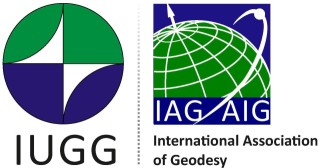In studying the nature of vertical land movement in glaciated areas it can be of interest to have collocated measurements of the vertical land movement and gravity change.
A possible scenario is that the vertical movement is caused by changes in the ice load, having two effects: one coming from the present day ice mass changes and one coming from past ice mass changes, e.g. during the deglaciation of the last ice age. These two signals can be described as elastic rebound (ER) and glacial isostatic adjustment (GIA).
The possibility of separating the causes of vertical movement in glaciated areas has been investigated for some time and they often include the use of data of height and gravity change. This will be elaborated in the presentation.
DTU Space began in 2009 to establish absolute gravity (AG) time series at selected stations in the Greenland Network (GNET). These GNET stations consist of permanent GNSS receivers placed on the bedrock all around Greenland. The gravity measurements are done with the A10 gravimeter.
Here is presented some of the preliminary AG data and some of the challenges in making gravity time series in Greenland. An attempt to separate the effect of present and past ice mass changes in the vertical land movement will also be presented.

 PDF version
PDF version
